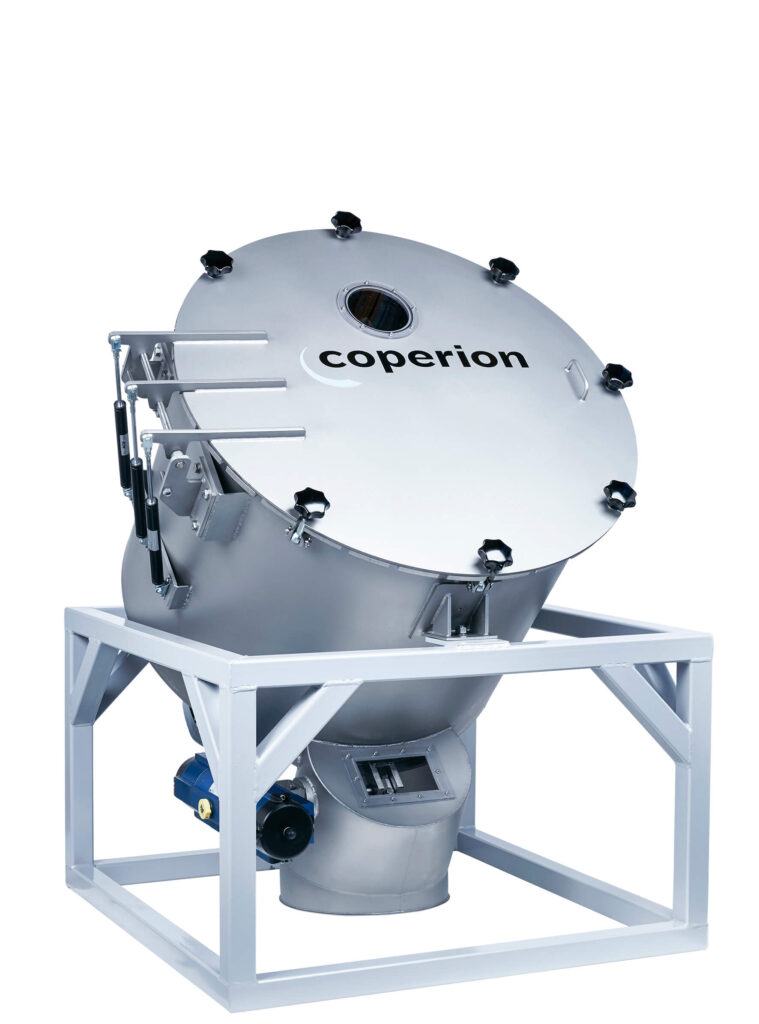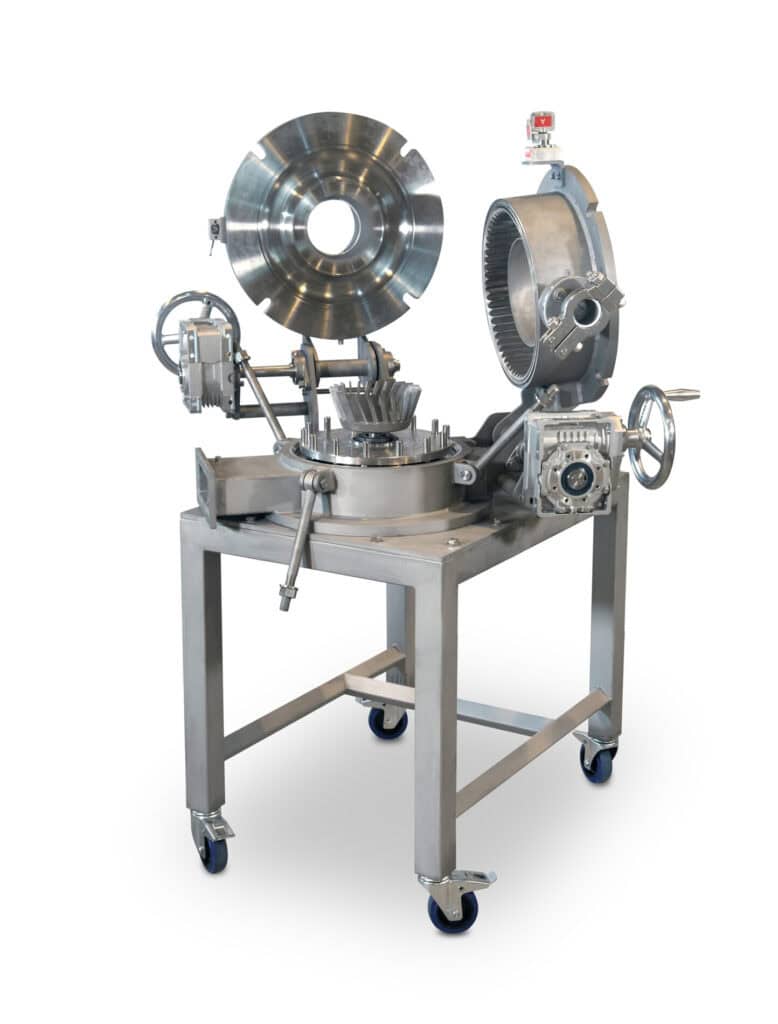Coperion (www.coperion.com) is a global industry and technology leader consisting of three divisions:
Performance Materials | Food, Health & Nutrition | Aftermarket Sales & Service.
Coperion develops, produces, and services plants, machinery, and components for the industries of plastics, plastics recycling, chemicals, batteries, food & pet food, pharmaceuticals, consumer health, minerals and cosmetics.
Its’ brands – Baker Perkins, Bakon, Coperion K-Tron, DIOSNA, Gabler, Herbold Meckesheim, Kemutec, Mucon, Peerless, Shaffer, Shick Esteve, Unifiller, and VMI – are experts in compounding, extrusion, sorting, shredding and washing as well as in ingredient automation, filling, feeding, pneumatic conveying, depositing, fermentation, kneading, mixing, dividing, forming, granulating, drying, spheronizing, coating, agglomeration, calcining, thermal processing and dust collection.
Coperion employs 5,000 people at 50 locations worldwide striving to create the future of tomorrow. Coperion is an Operating Company of Hillenbrand (NYSE: HI), a global industrial company that provides highly-engineered, mission-critical processing equipment and solutions to customers serving a wide variety of industries around the world.www.hillenbrand.com.









































